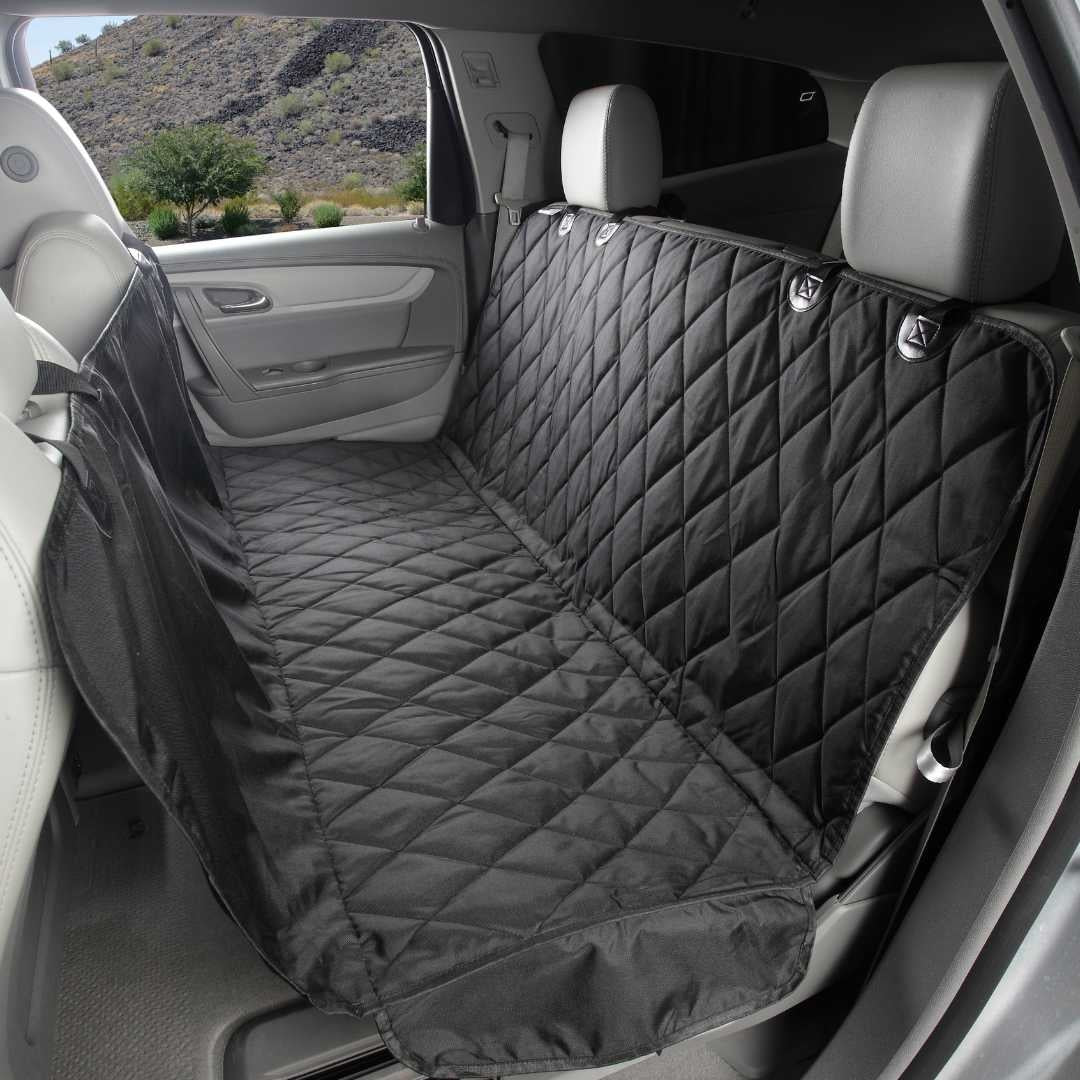Knees, Hips & Elbows – How Prolotherapy Helps Dysplasia
Multi-joint Prolotherapy cases are common occurrences in the Canine. Many injuries and pathologies respond extremely well to treatments when several joints are treated versus just the site of primary injury.
This is not a tongue twister, but a veterinary confirmation challenge. Multi-joint arthritis and drug sensitivity are issues not uncommon for the pit bull which make this breed a problematical anomaly to the owners and the veterinarians trying to treat them.
Osirus, an 11-year-old male neuter Pit Bull with a left partial ACL tear and a classic bilateral hip dysplasia, exhibited more prominently on the left hip. His elbows were exhibiting signs of dysplasia as well. He was not using his left hind leg other than a peg, and had a heavy (3 out of 5) compensatory limp on the right front of his body. On physical exam, he was painful on palpation of all joints, and in his lower back as well.
We changed his diet, included EFA supplementation (Omega 3 fatty acids), and started (weekly) Adequan injections. We scheduled five Prolotherapy sessions three weeks apart and treated his knees, hips, elbows. By the third session, his gait was back to normal and all feet were properly bearing weight and placed firmly on the ground. On the sixth session, we included ACell1 (stem cells) in the protocol.
Within 10 days after those injections, Osirus was no longer painful on palpation of hips, knees, or elbows. In the five months since the last treatment, he has gradually improved and no additional Prolotherapy has been needed. Osirus has regained normal mobility and gate. His limping has completely resolved and he is walking, running, and playing like a normal dog. His pain level has dissipated, without the use of drugs. His worst residual issue is a bit of stiffness sitting and standing. Osirus could not stand up on his own prior to his treatments and has now returned to function; age-related residual stiffness is merely a trivial effect.
Polyarthritis and generalized lameness in older animals can be effectively addressed with Prolotherapy. Hips, knees, and elbows can be treated to improve ambulation, diminish pain, and improve overall comfort of the animal without using drugs, such as NSAIDs. Using Acell1 to complete the Prolotherapy treatments enhances the overall healing of all areas and lengthens the time in between needed follow up visits. ACell1 also helps with the pain associated with both hip and elbow dysplasia. The cases where I add ACell to the protocol typically need fewer follow up visits for pain.
Dr. Babette Gladstein
Dr. Babette Gladstein practices integrative medicine in the greater New York area. For more information please visit her website: http://www.drbabette.com/, also her: Facebook page





